Technology is rapidly evolving to support and enhance the role of Nurses. As the backbone of patient care, Nurses face a demanding and ever-changing environment. From managing complex patient needs to coordinating care across multidisciplinary teams, their responsibilities are vast and varied. Fortunately, advancements in technology are providing valuable tools to streamline their work, reduce stress, and ultimately improve patient outcomes. Here’s a look at some of the key ways hospitals are leveraging technology to support their Nursing workforce:
Electronic Health Records (EHRs) and Mobile Documentation
Electronic Health Records (EHRs) have revolutionized the way patient information is documented and accessed. Mobile EHR platforms allow Nurses to update patient records in real time, directly from the bedside. This reduces the time spent on paperwork, minimizes errors associated with manual documentation, and ensures all healthcare providers have immediate access to accurate patient information. With streamlined documentation, Nurses can spend more time providing direct patient care, which enhances the overall patient experience.
Clinical Decision Support Systems (CDSS)
Clinical Decision Support Systems are advanced tools designed to assist Nurses and other healthcare professionals in making informed decisions. By analyzing patient data and comparing it to a vast database of clinical knowledge, CDSS can provide evidence-based recommendations and alerts for potential issues such as drug interactions or deteriorating patient conditions. This technology helps Nurses make quicker, more accurate decisions, improving patient safety and care quality.
Telemedicine and Remote Monitoring
Telemedicine has become a component of modern healthcare, especially in providing access to care in remote or underserved areas. For Nurses, telemedicine platforms facilitate virtual consultations, reducing the need for physical patient visits and allowing them to manage more patients efficiently. Remote monitoring technologies, such as wearable devices that track vital signs, enable Nurses to keep a close watch on patients' health from a distance. This capability is especially valuable for managing chronic conditions and post-operative care, reducing the burden on healthcare facilities and allowing for more personalized patient management.
Automated Medication Dispensing
Medication administration plays a crucial role in Nursing care, with any errors potentially having severe consequences. Automated medication dispensing systems help in reducing medication errors by ensuring the correct medication is administered to the right patient at the right time. These systems are equipped with barcode scanning and real-time verification processes, which not only streamline medication administration but also minimize the risk of human error. By automating these routine tasks, Nurses can allocate more time to patient interactions and less to manual checks.
Robotic Process Automation (RPA)
Robotic Process Automation (RPA) is increasingly being implemented to manage repetitive administrative tasks. By automating these routine tasks, hospitals can empower Nurses to focus on more critical aspects of patient care. RPA also plays a vital role in reducing burnout and job dissatisfaction by alleviating the administrative workload on Nursing staff.
Some common automated tasks can include:
- Scheduling and registration
- Discharge management
- Invoice and payment management
- Data entry
- Data analytics and report generation
- Inventory ordering
- Regulatory compliance and audit
- Claims management
Advanced Simulation Training
Simulation technology has emerged as a valuable tool for Nursing education and training. High-fidelity simulators allow Nurses to hone their skills in a controlled setting that replicates real-life scenarios. This hands-on approach fosters confidence and expertise, equipping Nurses to handle a variety of clinical situations without jeopardizing actual patient care. Additionally, simulation training provides avenues for ongoing learning and skill enhancement, aiding Nurses in upholding their professional competency.
Artificial Intelligence (AI) and Predictive Analytics
Artificial Intelligence and predictive analytics are revolutionizing patient care approaches. AI algorithms can analyze extensive data to forecast patient outcomes, detect potential complications, and enhance care plans. For Nurses, this equates to accessing actionable insights for informed patient care decisions and increased overall efficiency. AI-powered tools also aid in recognizing patterns and trends, leading to more proactive and preventive care strategies.
Technology is revolutionizing the Nursing and healthcare landscape. By incorporating cutting-edge tools and systems, hospitals are not only improving patient care but also providing unprecedented support to their Nursing staff. From easing administrative tasks to offering advanced training and decision-making resources, technology is empowering Nurses to fulfill their roles more efficiently and with increased job satisfaction. As these technologies advance, the future of Nursing will see even more transformative breakthroughs that enhance care quality and the working environment for nurses.


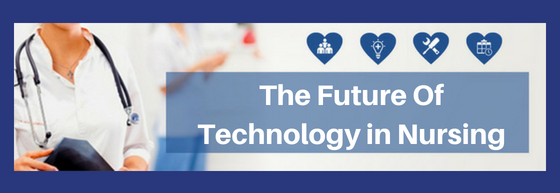 Technology continues to revolutionize healthcare and we have entered an exciting new frontier of state-of-the-art gadgets and high-tech communication systems. Some of these changes are made possible by our growing ability to utilize big data to improve outcomes through the field of health informatics; others by awe-inspiring advancements in medical science, telecommunications, and even robotics.
Technology continues to revolutionize healthcare and we have entered an exciting new frontier of state-of-the-art gadgets and high-tech communication systems. Some of these changes are made possible by our growing ability to utilize big data to improve outcomes through the field of health informatics; others by awe-inspiring advancements in medical science, telecommunications, and even robotics.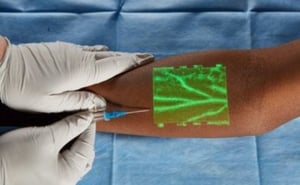 EchoNous Vein is designed for Nurses inserting peripheral IV catheters by providing an immediate and clear image of veins using just two-button controls. The easy-to-use device also includes optimized settings for use with adults and pediatrics.
EchoNous Vein is designed for Nurses inserting peripheral IV catheters by providing an immediate and clear image of veins using just two-button controls. The easy-to-use device also includes optimized settings for use with adults and pediatrics.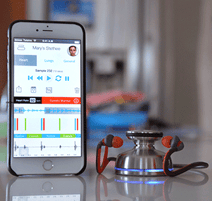 heart and lung sounds and data via Bluetooth, operating around smartphone applications for both Apple iOS and Google Android devices.
heart and lung sounds and data via Bluetooth, operating around smartphone applications for both Apple iOS and Google Android devices.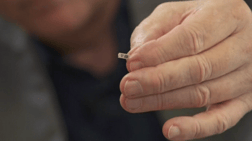 The company Admetsys has created a solution that can constantly monitor blood sugar levels in real time. Its artificial intelligence algorithm then triggers its software to either administer glucose or insulin via the drip that a patient is connected to. The drip is connected to a screen. The screen shows the metrics for the patient.
The company Admetsys has created a solution that can constantly monitor blood sugar levels in real time. Its artificial intelligence algorithm then triggers its software to either administer glucose or insulin via the drip that a patient is connected to. The drip is connected to a screen. The screen shows the metrics for the patient.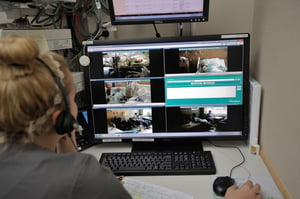 patient safety and lower staffing costs.
patient safety and lower staffing costs.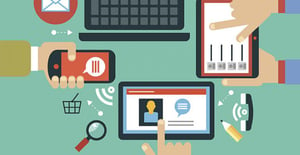 The future of Mobile Devices
The future of Mobile Devices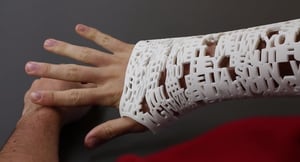 shower with a cast on, but without a bunch of plastic bags wrapped around it. His physician could open and close the cast in seconds and it still held his wrist tightly. And it cost Scott around 50 dollars and a few hours to create.
shower with a cast on, but without a bunch of plastic bags wrapped around it. His physician could open and close the cast in seconds and it still held his wrist tightly. And it cost Scott around 50 dollars and a few hours to create.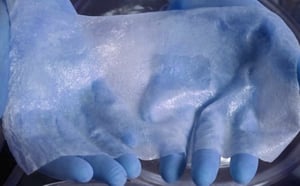 James Yoo at the
James Yoo at the 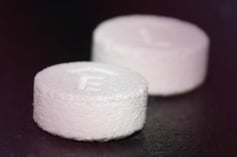 prints out the powdered drug layer by layer to make it dissolve faster than average pills.
prints out the powdered drug layer by layer to make it dissolve faster than average pills. Technology has made people's lives much easier. There are specialized apps for almost everything and everyone. Some very helpful technology exists for Nurses designed to make your life easier. Here’s the 2015 Top 10.
Technology has made people's lives much easier. There are specialized apps for almost everything and everyone. Some very helpful technology exists for Nurses designed to make your life easier. Here’s the 2015 Top 10.